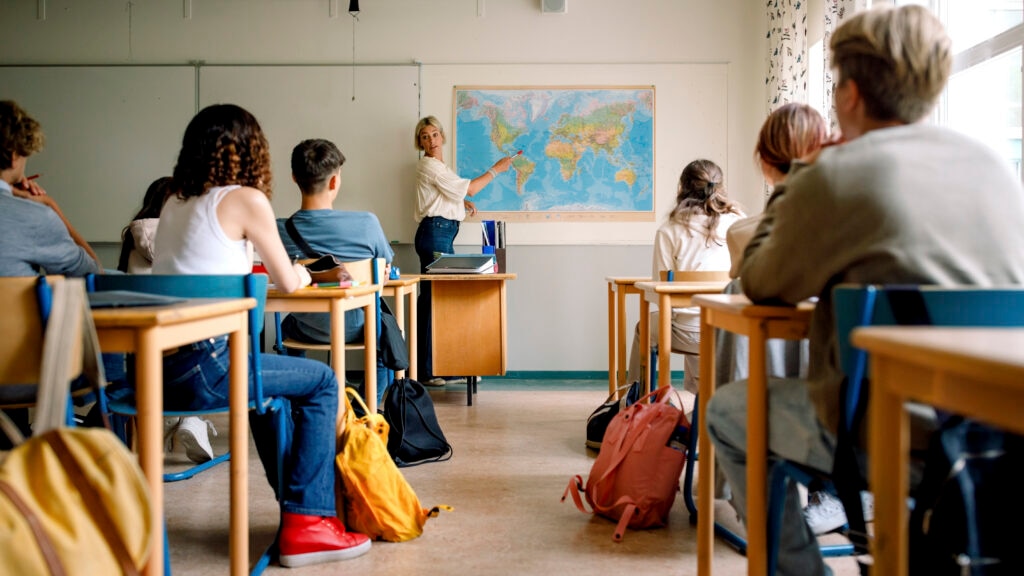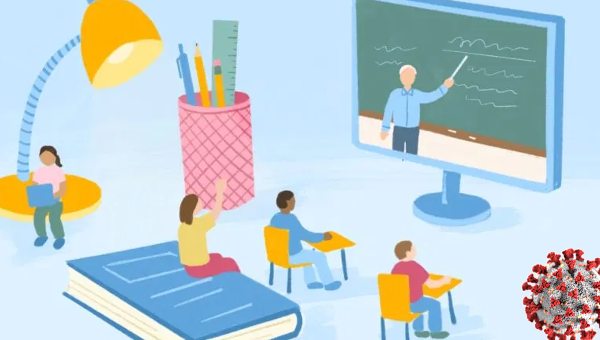
What is Digital Citizenship?
Digital Citizenship was taught to us as being the ongoing norms of the appropriate and responsible use of empowered technology. In our class we talked about what digital citizenship might look for someone as well as what it would look like in a classroom and within the SK Curriculum. As the Education world turns more to the technology side of things each year, it is important for educators and students to know how to be a good citizen on the internet and to get a good understanding of what digital citizenship is.
Ribble’s 9 Elements of Digital Citizenship

Dr. Mike Ribble wrote the book, ‘Digital Citizenship in Schools (2007)’ in which he defies the 9 Elements of Digital Citizenship that one should use as a reference when thinking about using the internet. Below I have listed the 9 of them as well as briefly explained what each of them means. To get more detail on what each one of them stands for you can click here to read up more about them!
- Digital Access- The proper distribution of the online resources and technology.
- Digital Commerce- The buying, selling, and money part of the Internet which could be anything from selling a vehicle or doing your banking.
- Digital Communication and Collaboration- The electronic exchange of information
- Digital Etiquette- The process of thinking one would do when looking to do something on the internet.
- Digital Fluency- This is making sure you understand what technology is and what its use would be.
- Digital Health and Welfare- Talking about ensuring your physical and mental well-being as well as making sure you are thinking about others well-being at the same time.
- Digital Law- The electronic responsibility based on one’s actions as well as dealing with the creation of rules and policy that addresses issues related to the Internet.
- Digital Rights and Responsibility- These are the rights and freedom that people have with the online world.
- Digital Security and Privacy- When it comes to the internet, there are many precautions in which this is the electronic precaution to ensure everyone is provided with safety when online.
By having these 9 elements put into place, people can look at them and know what is there for them when they are dealing with the online world. Implementing this within the schools and teaching them to the children and developing these skills at a young age is important. Not only does it help them to develop the good citizenship skills online, it also can help them to realize how to be a good citizen in person too.
Implying Digital Citizenship in my Future Classroom
As I am going through school and working as an Educational Assistant, my mind continues to change as I find a grade level that I would like to teach. I like every age group of kids…However, no matter what grade I end up teaching, I am going to incorporate teaching them about Digital Citizenship as it could be used with any subject or Middle Years grade level. The ones that stick out to me that I think are important are the Digital Communication, Digital Fluency, Digital Health and Welfare, as well as the Digital Law. I think that by including these four and referring to them more than the other ones will stick with them as they move on in life as they are the ones you would think of the most.

Teaching them how they can share what they are thinking and help some individuals find their voice through the internet can be important for the individuals who seem to have a harder time finding their place. By informing students about the internet and how to use it makes them realize what they are doing when they are using it which makes them more aware of what they are doing with it. In saying that, it also refers to their mental and physical awareness as if they are aware of what the internet consists of, they can know what to expect in return for using it. It makes them aware of how much time they are spending on their device. Lastly, by providing them knowledge about the law of the internet, it reminds the students that there are still rules to follow.
Connecting the Two: Career Education 7 and the 9 Elements

- Reflect on and express insights about how knowledge and skills learned in school transfer to one’s future life and work.
When connecting the 9 elements to the Career Education Curriculum for grade sevens, I would say that for this outcome and the others that the element, Digital Fluency, would come into play. The outcome is based on showing students how what they are being taught in school is used later on in their life. This is a perfect example as technology is used in every class and kids use it more and more as they grow older. By implying Digital Literacy, they are learning how about different technology and gaining an understanding about what it is and its use. This goes along perfectly with this specific outcome.

As I have learned the 9 Elements of Digital Citizenship and thought about how I would use them as an Educator, it has made me realize that I myself need to pay more attention to the elements and learn more about them if I am going to teach my students about them.
Thank you for reading my blog post and I hope that you have learned something new today!
Hey, I really like the formatting of your post. It looks great! I truly do not think it is ever too early to begin teaching online safety to our students. This is something I have gathered over the years. As technology evolves, our students are exposed to it at a younger age. Society is constantly progressing in this way. I know my little cousins had phones and tablets long before I ever even thought of having those.
Great job Ciera
That is so exciting that you are going into being a TA but I love that you recognize the importance of digital citizenship and how it is important to incorporate it into the classroom! Nice connection between the sask curriculum. I think that would be a great lesson in your future classroom!
Hello!
Great connection to the curriculum. I agree that its important to teach digital fluency and how it greatly benefit students to navigate the giant space which is the internet. It is constantly evolving and becoming more gran as time goes on and its important to make sure that our students are caught up and prepared to use the space that they have access to responsibly and safely. Thanks for the post!
What a very great article you share there, and nice information.
Keep spirit on posting https://www.bonanza88.love/ thank you.
Push the limits: Drift Hunters – The amazing world of drift racing.
mind blowing body to body massage in bangalore service offered by izspa